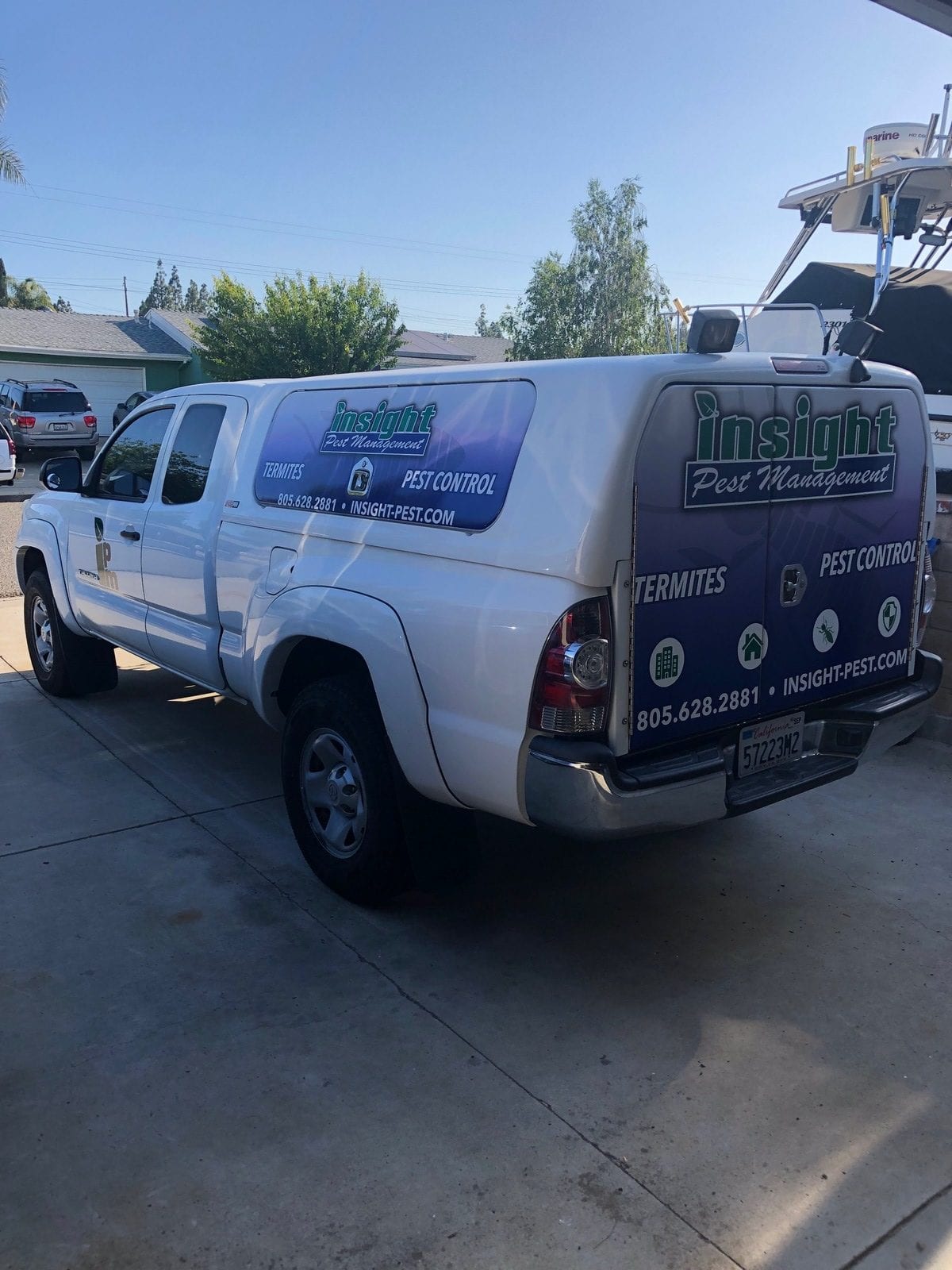Along with ants, cockroaches and bed bugs, flies are the most commonly encountered insect pests within homes in all areas of the US. According to claims made by numerous pest management professionals working throughout the country, house flies, fruit flies, drain flies, phorid flies, and blow flies are the most commonly controlled fly pests within US homes. Flies belong to the Diptera order of insects, which also includes mosquitoes, gnats and more than 125,000 two-winged insect species. Fly species that are pests to humans are divided into two different groups known as filth flies and biting flies.
Filth flies are aptly named for making frequent contact with rotting organic matter in order to reproduce, and this is problematic due to the disease-causing microorganisms that filth flies transport indoors from their breeding sites. Biting flies are also aptly named for inflicting painful, and sometimes, medically harmful bites on human skin. While biting flies also breed on pathogen-rich sources of decaying organic matter, they do not enter homes, and therefore, they do not pose an indoor disease threat to residents. With the exception of overwintering cluster fly pests, all of the commonly controlled fly pest species mentioned above are filth flies that frequently invade homes from outdoor breeding sites located nearby. Common outdoor breeding sites include compost piles, animal carcases, rotting food in garbage bins, beverage residue in recycle bins, outdoor bundles of lawn waste, contaminated creeks and streams, excrement from pets, horses, or even from sewage lines, broken pipes or septic tanks located beneath homes.
Unfortunately, filth flies frequently establish reproductive populations indoors as well, and the sources of organic waste that filth flies rely on for the purpose of breeding vary depending on species. For example, fruit fly females lay eggs on rotting bits of food and beverage spills beneath kitchen appliances, as well as liquid residue in cans and bottles. House flies are the most commonly encountered fly pest species within and around homes because they are uniquely capable of breeding on a variety of organic waste materials, including excrement, garbage, rotting food, and more. Naturally, frequent sanitation and prompt garbage removal are two of the most manageable and important methods of preventing filth flies from establishing extensive indoor infestations. Sealing cracks, crevices and other potential entry points on the exterior walls of homes, keeping interior living spaces free of food crumbs, spills, dirty dishes, and overfull waste baskets will make indoor conditions inhospitable to filth fly pests.
Have you ever had a reproductive filth fly population within your home?


